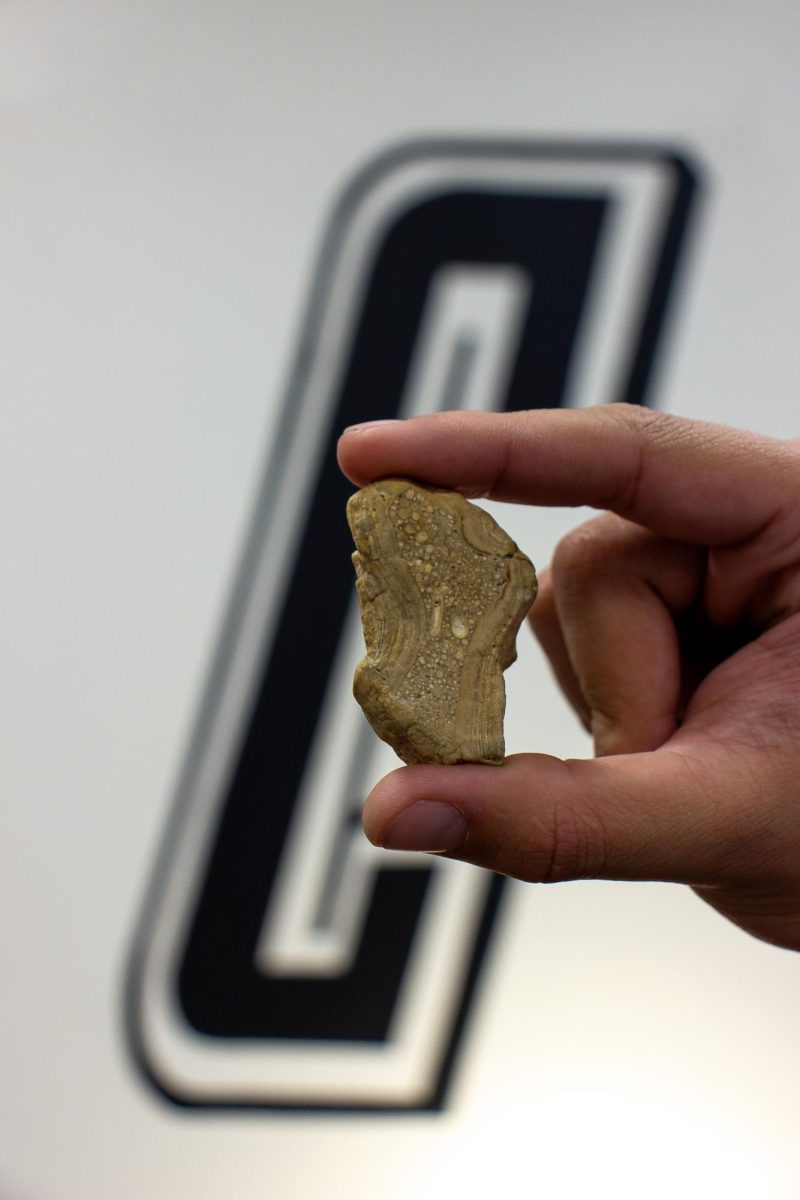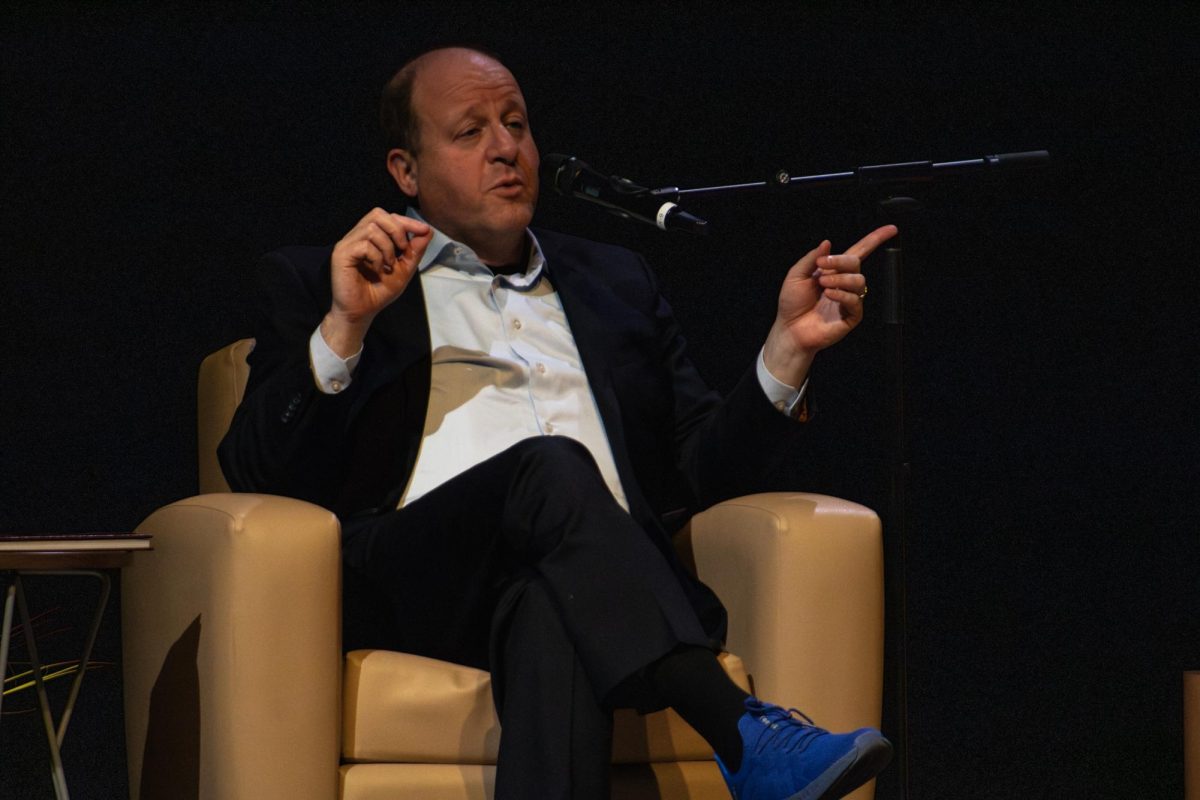The Faculty Senate meeting last Thursday addressed a proposal for recognition-based merit pay structure. The proposal was created as an alternative to the newly-adopted merit pay structure implemented by the Colorado Mesa University Administration.
As previously reported in The Criterion news article “Faculty evaluation changes affect morale,” changes in evaluation and merit pay have been a source of contention in some departments.
Faculty Trustee Chad Middleton recently met with CMU President Tim Foster about the matter and the conversation led to Middleton’s creation of the proposal. “If we came up with a proposal, [Foster] agreed to consider it,” Middleton said.
Middleton told the senate he didn’t want to speak for Foster but believed the president disliked the high number of faculty bonuses given out under the previous system. According to the proposal provided by Middleton, the previous appreciation-based merit pay system awarded 81.4 percent of total faculty with some form of bonus, broken up in three tiers.
Approximately 10 percent of faculty fell into the “exemplary” tier and earned a $3,000 bonus, 66.5 percent were “excellent” and earned $1,000 and 14.9 percent were “highly proficient,” earning $500. The “exemplary” ten percent were selected from the “excellent” tier for an added bonus. According to the proposal, the total cost to CMU was $275,700 annually. These numbers were averaged from the 2016-17, 2017-18 and 2018-19 academic years.
Middleton’s proposal suggested 10 percent of total faculty be recognized as “exemplary” with a $3,500 bonus, 25 percent be called “top tier” and given $2,000 and 25 percent be called “second tier” with a $1,000 bonus. As before, “exemplary” faculty members would be pulled from “top tier” to receive additional bonus money.
The proposal, if accepted, would cost CMU $264,300 annually, saving the university $11,400. It would also reduce the total percentage of faculty members receiving merit pay from 81.4 percent to 50 percent, and the number of top tier recipients from 66.5 percent to 25 percent; a move Middleton hoped would appeal to administration.
The newly-adopted recognition-based system currently has one tier of merit pay. In both the proposal and the Faculty Senate meeting, Middleton said a single tier disincentivizes faculty. Without a second tier, Middleton said he was afraid some faculty members, knowing they couldn’t make it into the top tier, thus earning no bonuses, would lose incentive to try.
The proposal also suggested eliminating the requirement to be exemplary in all evaluation categories. “The faculty member who has a great year teaching and a banner year with scholarship or creative achievement, but perhaps falls short in advising, is not eligible for merit pay under the current model. We believe this to be overly restrictive in the awarding of merit pay under the merit-based system,” the proposal said.
Middleton acknowledged that many faculty members may not like the proposal and said it was not perfect, but said it was written in such a manner to be approved by administration. “I personally see no point in doing this for an exercise,” Middleton said.
Faculty Senate President Kristen Hague encouraged senators to speak to their departments about the proposal for further discussion with the next Faculty Senate meeting.
[media-credit name=”Courtesy of Jordan DeLeon” align=”alignleft” width=”300″] [/media-credit]
[/media-credit]
In other action:
Brian Hosterman, from the Faculty Success Committee, delivered a report on short-notice departures. “Our policies are very fair to us with regards to departures,” Hosterman said, before noting that retention is still an issue for CMU, with 101 faculty members departing in the last three years. Hosterman said the committee didn’t have data to let them know how many of the 101 departures fell into the category of short-notice.
Sonia Branden and Heather McKim presented “Race, First Generation, Socioeconomic Status and Factors” to the senate. According to the presentation, Pell Grant eligible, first generation and minority students face the biggest hurdles to completing their education.
Associated Student Government Vice President Jeff Vela delivered the student government report. Vela told the senate ASG recently approved $20,000 to purchase gym equipment for the Montrose campus. Without a gym, Montrose students have been relying on gym passes to the local recreation center for their fitness needs. “It’s pretty exciting to be able to provide that for them,” Vela said.










